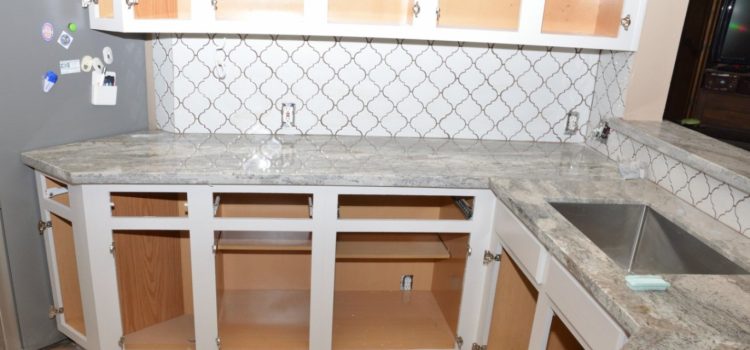When building a new home or commercial property, one of the first and most important decisions you’ll make is choosing the type of foundation. A popular and reliable choice is the concrete slab foundation. But what exactly is it, and why is it commonly used? In this beginner’s guide, we’ll break down the basics of concrete slab foundations, including how they work, their benefits, and when they’re the right choice for your construction project.
What Is a Concrete Slab Foundation?
A concrete slab foundation is a large, thick layer of poured concrete that forms the base of a building. Typically 4 to 6 inches thick in the center and thicker around the edges, this type of foundation rests directly on the ground and supports the weight of the structure above.
Slab foundations are often reinforced with steel bars (rebar) or post-tension cables for added strength and durability. They are especially common in warmer climates where ground freezing is less of a concern.
How Is a Concrete Slab Foundation Installed?
Step 1: Site Preparation
The site is cleared and leveled. Any grass, rocks, or debris are removed to create a clean, solid base.
Step 2: Formwork and Base Layer
Wooden forms are set up to outline the shape of the slab. A gravel base is added and compacted to ensure proper drainage and stability.
Step 3: Reinforcement
Steel rebar or mesh is laid out within the form to strengthen the slab and prevent cracking.
Step 4: Pouring the Concrete
Concrete is poured into the forms, spread evenly, and smoothed out. It is then left to cure over several days to gain strength.
Step 5: Finishing Touches
Once the concrete has cured, the forms are removed, and the slab is ready for further construction such as framing or building walls.
Benefits of a Concrete Slab Foundation
1. Affordability
Concrete slabs are often more cost-effective than other foundation types because they require less excavation and fewer materials.
2. Quick Installation
Because slab foundations don’t require a crawl space or basement, they can be installed quickly—ideal for projects with tight timelines.
3. Pest Resistance
Without open spaces beneath the home, there are fewer places for pests like termites and rodents to take up residence.
4. Low Maintenance
Once installed, concrete slab foundations require minimal maintenance and are known for their long-term durability.
5. Energy Efficiency
Concrete has excellent thermal mass properties, meaning it can help regulate indoor temperatures by absorbing and slowly releasing heat.
When Is a Slab Foundation the Best Choice?
Concrete slab foundations are well-suited for:
- Warm climates where the ground does not freeze
- Flat or gently sloped lots
- Homes without basements
- Budget-conscious builds
They may not be ideal for colder regions where frost can cause the ground to shift, or for areas with poor drainage.
Concrete Slabs for Patios and Driveways
While this guide focuses on slab foundations for homes, it’s worth noting that concrete slabs are also commonly used for:
- Concrete patios & decks
- Concrete driveways
These installations use similar techniques and offer the same benefits of durability, low maintenance, and aesthetic flexibility.
Conclusion
A concrete slab foundation is a sturdy, cost-effective, and efficient choice for many construction projects. By understanding how it works and when to use it, you can make an informed decision that supports the longevity and performance of your building.
If you’re planning a new build and considering your foundation options, click here to learn more about working with experienced concrete contractors in Alpharetta who can help you choose and install the perfect foundation for your needs.








